nh1476@bristol.ac.uk
School of Chemistry
University of Bristol
Lighter than air
|
Chemists Montgolfier brothers Gas balloons Airships and blimps Modern hot air balloons Rozier balloons Special shapes |
Airships and blimps
Blimps, unlike hot air balloons, have a shape and structure which allows them to maneuver in flight. A blimp consists of an envelope containing helium gas. The helium is cryogenically distilled out of natural gas and originates from radioactive decay. The envelope is made as aerodynamic as possible and so is usually cigar shaped. The tip of a blimp or airship is supported by a nose cone batten which allows the craft to be attached to a mooring mast. Engines control propellers that allow the airship to be controlled. The gondola carries the passengers and pilot and sits beneath the envelope.
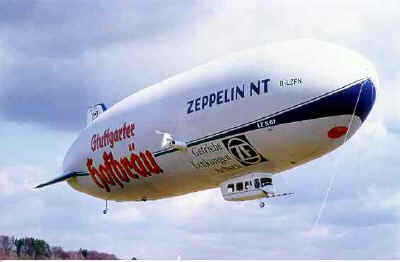
|
| http://www.ilcdover.com/Aerostats/Zeplift.jpg |
Blimps and airships can be particularly useful as they can stay in the air for days, much longer than any aeroplane, and hover without expending fuel. This makes them very useful for such uses as covering sports events, advertising and research.
Modern airships are constructed of light carbon-composite frames which allow them to be bigger than ever and remain structurally secure. There has been renewed interest recently regarding their possible use for lifting and transporting heavy cargo loads like ships and tanks for military and civilian purposes. They may even be used again for tourism.
Hydrogen was used in place of helium in the early days as it has a greater lifting capacity, but unfortunately it is also flammable which became tragically apparent in the Hindenburg disaster.
Hindenburg - the Titanic of the skies
The Hindenburg was the largest airship ever built, measuring 800 feet from nose to tail - it was the height of luxury. After landing in New York on May 6th 1936 the airship caught fire and burnt to the ground in 37 seconds.
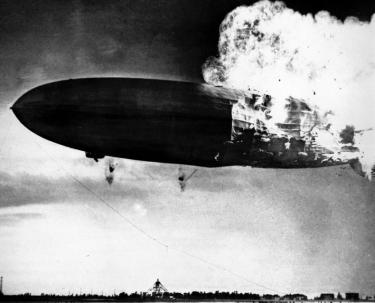
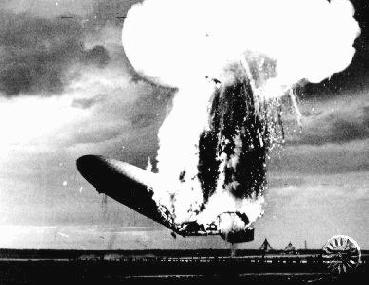
|
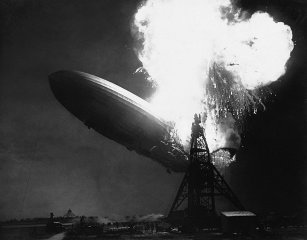
|
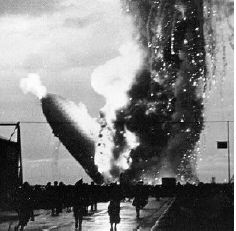

|
| http://www.hindenburg.net/disaster.htm | ||